These are the seats of national assemblies across the world; the buildings that host individual legislatures and which countries pride themselves in both architectural and symbolical grandeur. Usually located at the heart of capital cities, these (usually) forbidding and intimidatingly large structures can be spotted from a wide area within the central business district and while reservedly open to the public, they are mostly heavily secured and restricted. Let’s have a look at the parliaments of some of Africa’s leading economies.
The Republic of Botswana
Mostly a flat country and grossly covered by the Kalahari desert, Botswana overcame being one of Africa’s poorest countries at independence in 1966 to boasting one of the world’s fastest growing economies, with a GDP per capita of over $14,000. The economy is mostly supported by a well advanced banking system and the mineral industry that contributes at least 40% of government revenue. Transparency International also crowned Botswana recently as the least corrupt country on the continent.
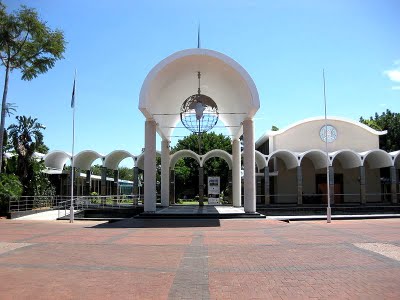
The seat of the government used to be in Mafeking, South Africa, but after 1965, was moved by the British to present day Gaborone, which happens to be located near the border with their southern neighbour. The city is also the seat of the government and where its parliament is located. The country also boasts a highly representative government, with the President as Head of State and Government and a vibrant multi party system. Interestingly, the Parliament elects the President directly and has a total of 61 seats!
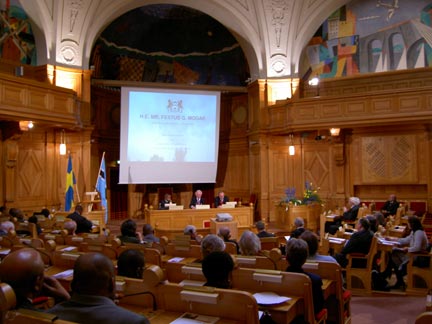
The Arab Republic of Egypt
The famed link between Africa and Asia, through its Sinai peninsula extension, Egypt is a major power not just in Africa, but in the Arab world. Most of the population is concentrated around the capital, Cairo, Alexandria and other cities across the very fertile Nile Valley. Egypt’s GDP per capita is over $218,000 and the backbones of the economy are tourism, agriculture, service and industry. The country has very rich history, dating back to 3000 BC, though more recently it became a Kingdom, in the early 1900s before becoming a republic in 1954.
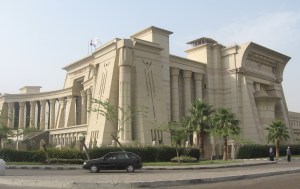
Egypt has been under Emergency rule since 1967, but the basic structure of the government is the President as head of state and a Prime Minister (though most of the power rested with the Head of State), and the military remains powerful. It is however still viewed as a multi-party democracy, with the country sub-divided into 21 governorates. Egypt’s parliament is in it’s capital city, Cairo; The building consists of a round hall with a dome covered in glass and botannical units within the space that are representative of what was in vogue at the time of its construction in the 1920s.
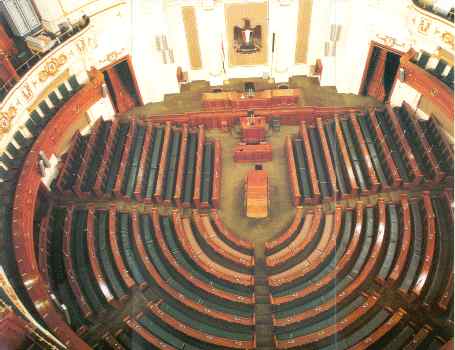
The Republic of Ghana
The word ‘Ghana’ means ‘Warrior King’. The republic was predominantly an Akan Kingdom before the British colonized most parts of it around 1874 and later gave her independence in 1957, the first Sub-Saharan African country to manage that. The GDP per capita of Ghana is over $18,000 and the economy is generally supported by gold and agriculture. Interestingly she was listed as the World’s Fastest growing Economy of 2011, with a predicted growth of 20% and the currency is strong, at an exchange rate of around 1.4 Ghanaian Cedi to the US Dollar.
Click here to read ‘Another African Tsunami’
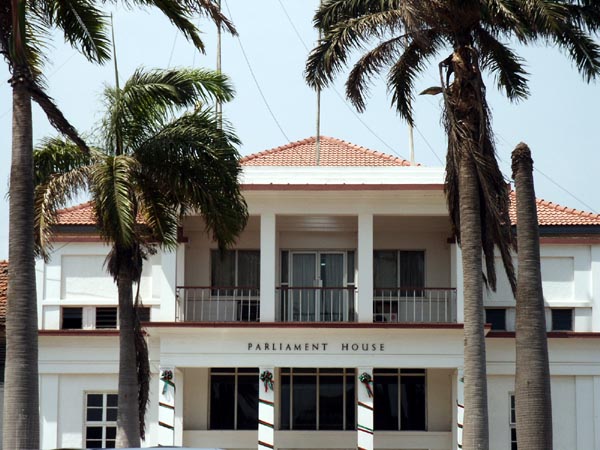
After independence, Ghana was a parliamentary democracy but this changed to alternating military and civilian rule that bore the Fourth Republic after the new 1992 constitution that effectively divided power among the President, Parliament, State council and the independent judiciary. There are 10 administrative regions and the seat of Parliament is in the capital city of Accra. The Parliamentary Building is known as Job 600 and was built in the 1960s to host the first pan-African OAU conference. The main building is quite run down, and has been undergoing renovation for quite sometime now, but the main hall and the banquet room serve as the seat of the Legislature.
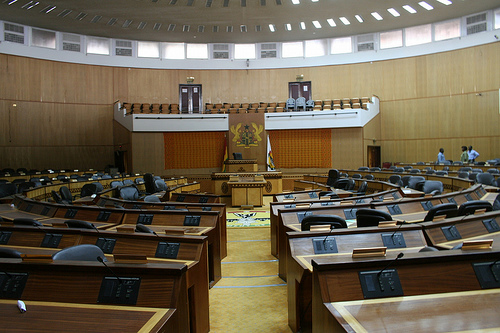
The Republic of Kenya
World famous for its diverse wildlife and globally successful athletes, Kenya attained her independence in 1963 from the British after being occupied for half a century by her colonialists. Kenya’s climate is as diverse as her cultures; deserts, snow capped mountains, tropical forests, swamps, savannah grasslands and lakes. Her GDP per capita is the largest in East and Central Africa, over $32,000 and the economy, the largest non-mineral based on the continent, is generally supported by agriculture, service and tourism.
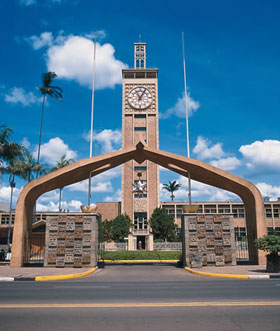
Following the adoption of a new constitution in 2010, the country is sub divided into 47 administrative regions known as counties. These will be governed by Governors, independent of the central government based in Nairobi, the capital city, and the seat of Parliament. Currently there are 222 Members of Parliament. The Houses of Parliament were constructed in the 1950s, with interesting ethnic and cultural designs embellished onto the main external walls; the main body of which seems to jut out and arch, as the entrance is a stylized arch with a star structure hanging over the modern themed gate. The gardens surrounding the building are wide and well manicured, but the interior should be undergoing some renovation, expansion and redesign.
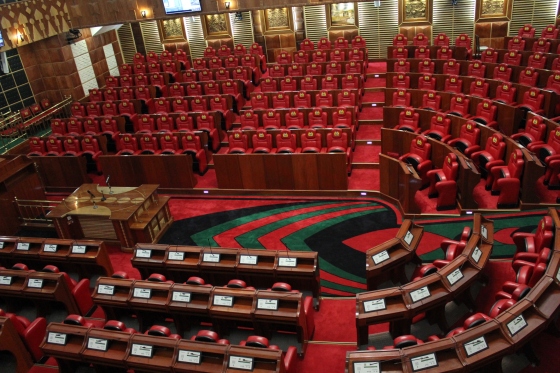
The Kingdom of Morocco
This constitutional monarchy also primarily administers over Western Sahara. Morocco is relatively stable politically, the economy mainly relying on tourism and phosphates and she boasts a growth rate averaging 4% annually. The GDP per capita of Morocco is over $103,500 making her one of Africa’s more affluent societies, with beautiful cities that attract tourists, such as Rabat, Marrakech and Casablanca dotting the arid and semi-arid landscape. Morocco gained independence from France and Spain in
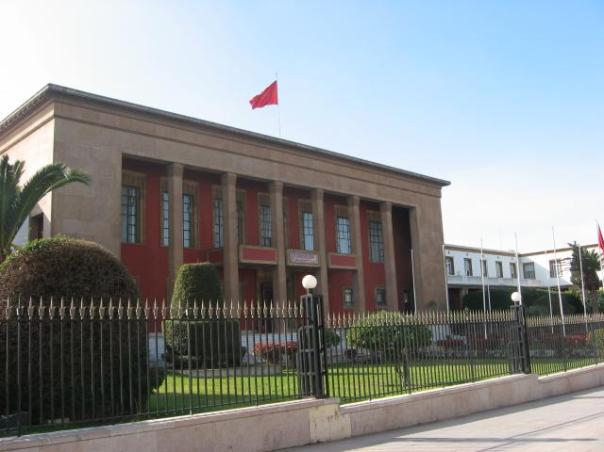
The King of Morocco is the Head of State, controlling the military, but the Prime Minister is the head of government and the multi-party setup. There are also two parliamentary chambers and an independent judiciary. The country recently (July 2011) passed new constitutional reforms that are believed to be a step forward in the government of Morocco. The legislative bodies sit in the Parliament based in the capital, Rabat.
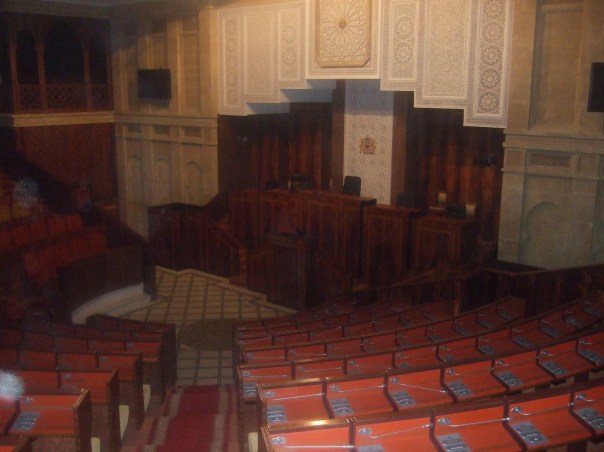
The Federal Republic of Nigeria
Named after the Niger river that meanders through her, Nigeria is the most populous country on the continent and the seventh largest in the world. In 1914 the Niger are was formally united and known as the Colony and Protectorate of Nigeria, but the country gained her independence in 1960 from Britain. Her economy is one of the fastest growing on the planet, with a projected growth of 8% for 2011 and mainly based on the oil she possesses in abundance. The GDP per capita for the country is over $216,000.
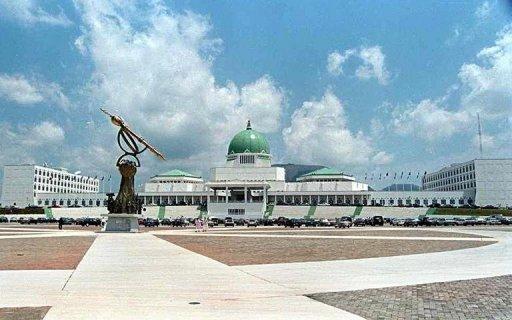
The government operates on a federal system much like that of the United States, with a Senate and House of Representatives, though the President retains all Executive power. The Parliament of Nigeria is in its capital city, Abuja, resplendent in the national colours of the country. Abuja was a custom-designed city, well planned away from the previous congested capital, Lagos, with large areas of Parks and recreational areas, some designed by architect Manfredi Nicoletti. There are 36 states and one Federal Capital territory.
The United Republic of Tanzania
Home to the roof of the continent, Mt. Kilimanjaro, Tanzania boasts stunning wildlife and beaches (especially those of the island of Zanzibar). With a GDP per capita of over $22,700, she is only second to Kenya in East and Central Africa in terms of economic muscle. Agriculture is the focal point of her economy, contributing to over half of the government’s revenue, but Tanzania is also rich in natural gas and some minerals.

Tanzania is a one-party state, the CCM, and the country’s government consists of the President and an elected Prime Minister who is the head of the National Assembly. The country is divided into 26 regions; 21 on the mainland and 5 on Zanzibar, and enjoys relative political stability to most of her neighbours. Between independence and 1996, Dar es Salaam was the seat of the government, but the capital is now Dodoma, where the houses of Parliament are located, though most government offices are still located at the Coast.
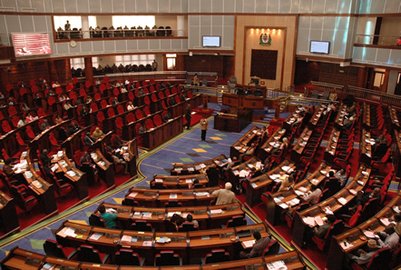
The Republic of South Africa
By far the wealthiest and most advanced economy on the continent, South Africa’s GDP per capita is estimated at over $357,000, bolstered by mineral wealth (particularly gold), tourism, industry and services. The British successfully overcame the Boers in the Second Boer Wars of 1902 and she remained a colony until 1961 when in a white only referendum, the country became a republic and left the Commonwealth; the Queen ceased to be head of state. South Africa then struggled with apartheid up until the early 1990s, though the white minority enjoyed the highest standards of living in Africa.
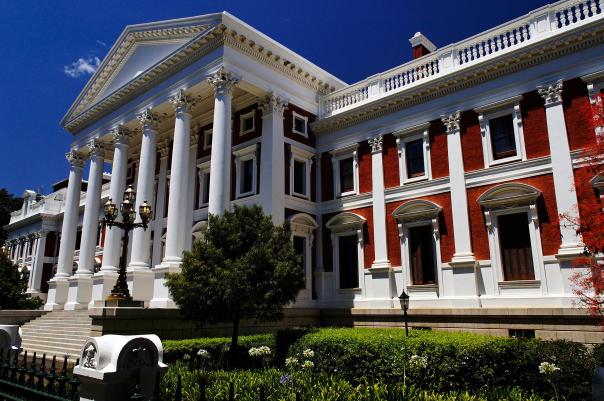
The President of South Africa is the Head of State and of Government, and appoints a Deputy President and Ministers who form the Cabinet, then there is the National Assembly, made up of 400 members. There are 3 capitals; Pretoria (Tshwane) the seat of the Executive, Johannesburg the seat of the Judiciary and Cape Town the seat of the Legislature (Parliament). The original designer of the building was Charles Freeman, but he miscalculated the foundations and was replaced by Henry Greaves who oversaw it to its completion. The new House of Assembly was designed by Herbert Baker, the same man who designed modern day Nairobi School and Nairobi Primary School. The Houses of Parliament, Cape Town, boast Corinthian porticos and beauitful pavilions.
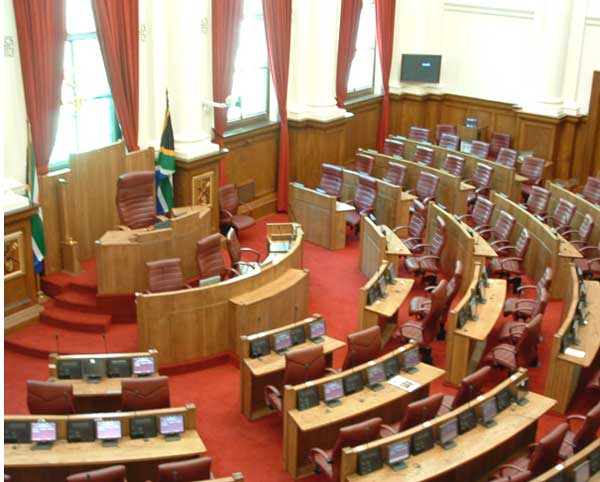

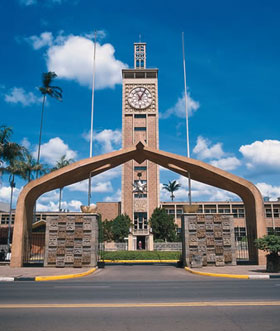
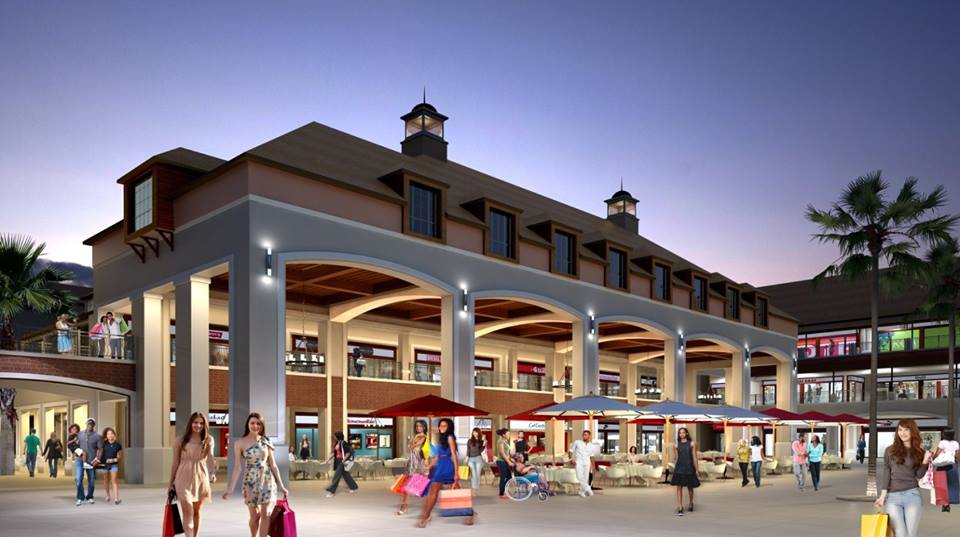
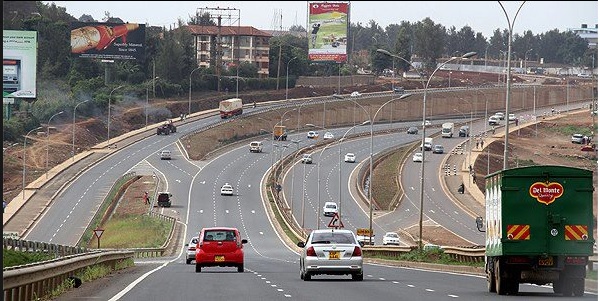
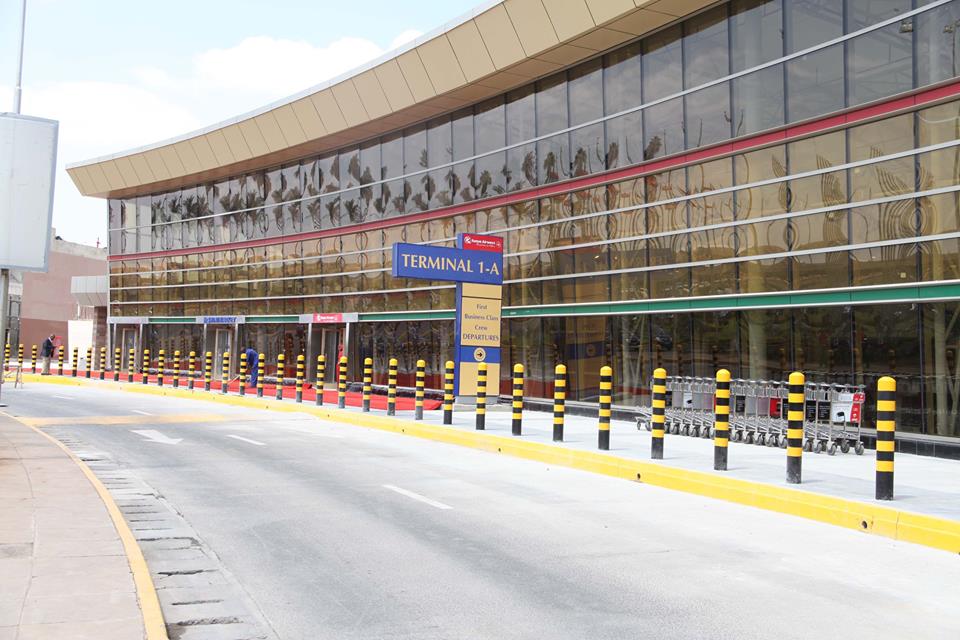
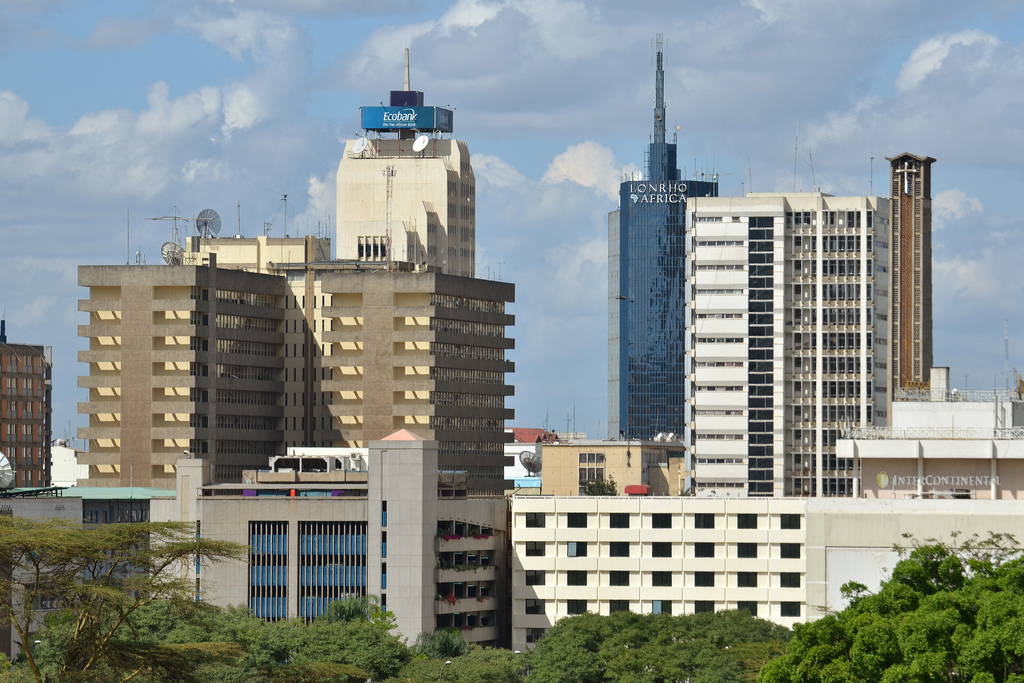
Leave a comment